Whenever possible, covering the skirtboard on a conveyor belt with some kind of steel or fabric system is an important means of controlling dust in transfer points. All skirtboards should be enclosed with some kind of covering unless there are clear reasons not to include one. These covering serve to create the plenum needed to allow dust to settle and air movement to be stilled. A large plenum is useful in controlling the clouds of dust driven off by the forces of transferring the stream of material.
By installing a carefully and effectively designed skirtboard cover, it is possible to dramatically reduce the movement of air past a transfer point and therefore the amount of dust escaping from the transfer point.
Covering the skirtboard with a steel or fabric system is recommended to create the plenum needed to allow dust to settle and air movement to be stilled.
These roofs also serve to prevent the escape of fugitive materials over the top of the skirtboard. Through some random circumstances, lumps of material will occasionally come through the loading chute onto the belt with enough force to bounce off the belt completely without some cover to prevent it.
The Conveyor Equipment Manufacturers Association recommends that these skirtboard covers should be slanted down from the loading chute to the skirtboard, allowing for material that is not yet moving at belt speed, to avoid material jams.
CEMA provides a table for the minimum heights of uncovered skirtboards and the minimum belt width based on lump size in Belt Conveyors for Bulk Materials, Sixth Edition. Standard practice suggests that the skirt should be at least 2.5 times as wide and tall as the largest lumps of conveyed materials. This should help to prevent jams within the skirted area while also allowing enough space within the plenum for air to slow and dust to settle.
Skirtboard covers are generally a flat roof stretched between the two skirtboards, as opposed to the semicircular “hoods” that run the length of some conveyor belts.
Generally, steel is the best material for this covering, because it can be clamped directly onto the skirtboards and allows for easier inspection and maintenance. Fabric or rubber is most often applied to connect vibrating equipment to stationary chutes or skirtboards.
Normally, steel roofs should be designed to support the weight of a worker, but in instances such as fabric coverings, there should be a warning to prevent any attempt to step on the cover. In either case, there should be openings in the cover that will allow workers to service and inspect the conveyor, though these openings must all feature doors to prevent the escape of air and materials.
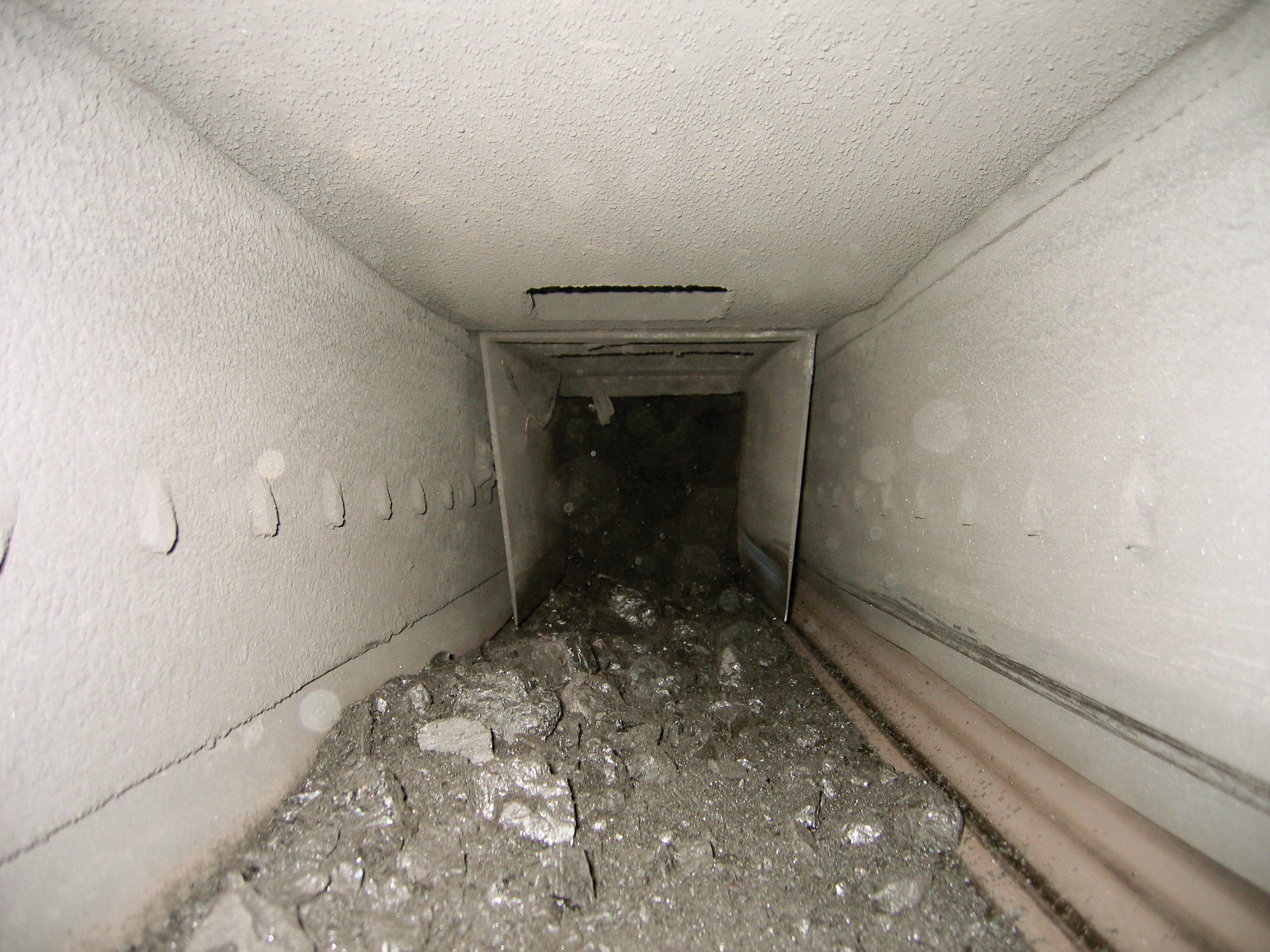

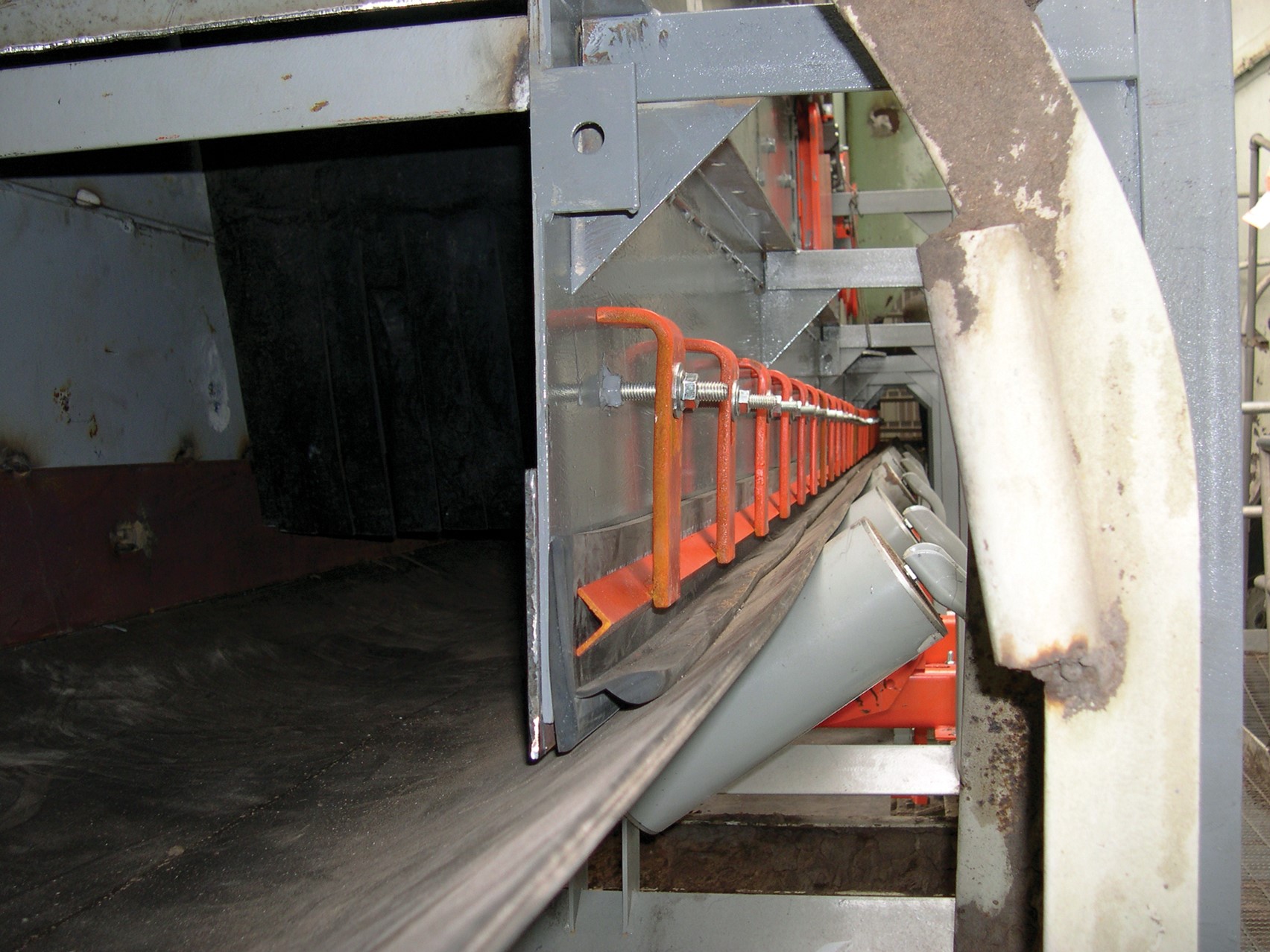

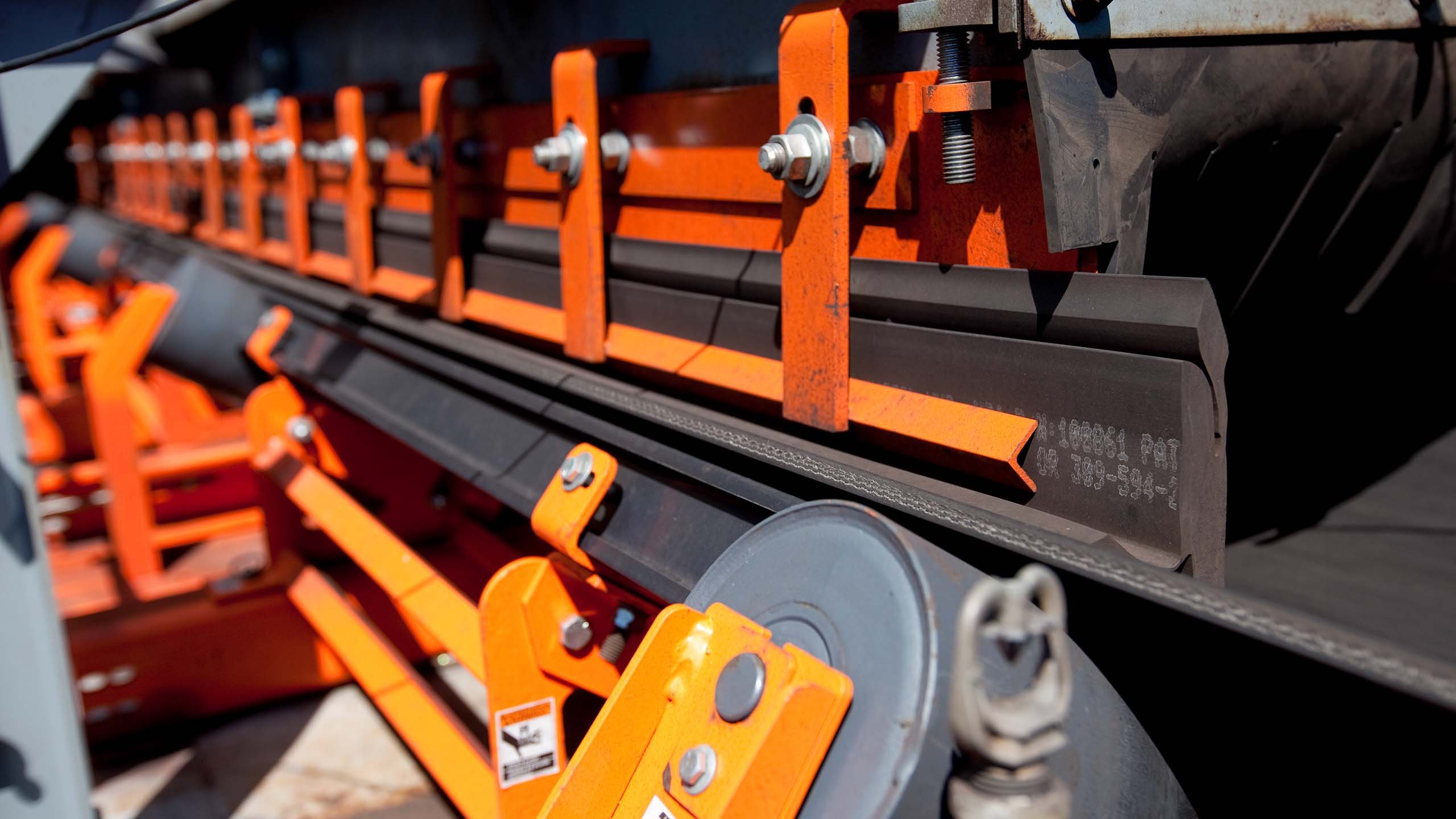

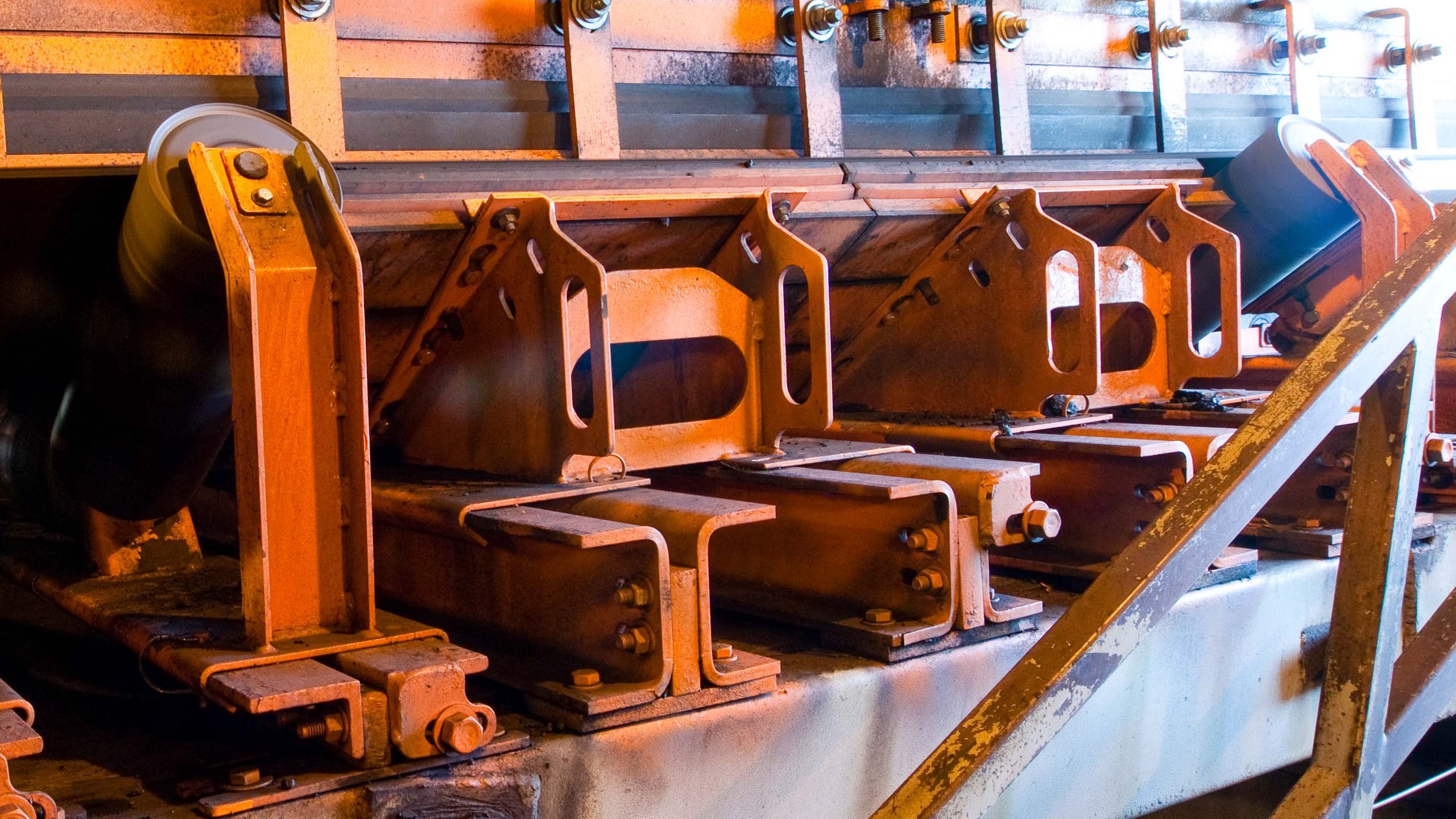

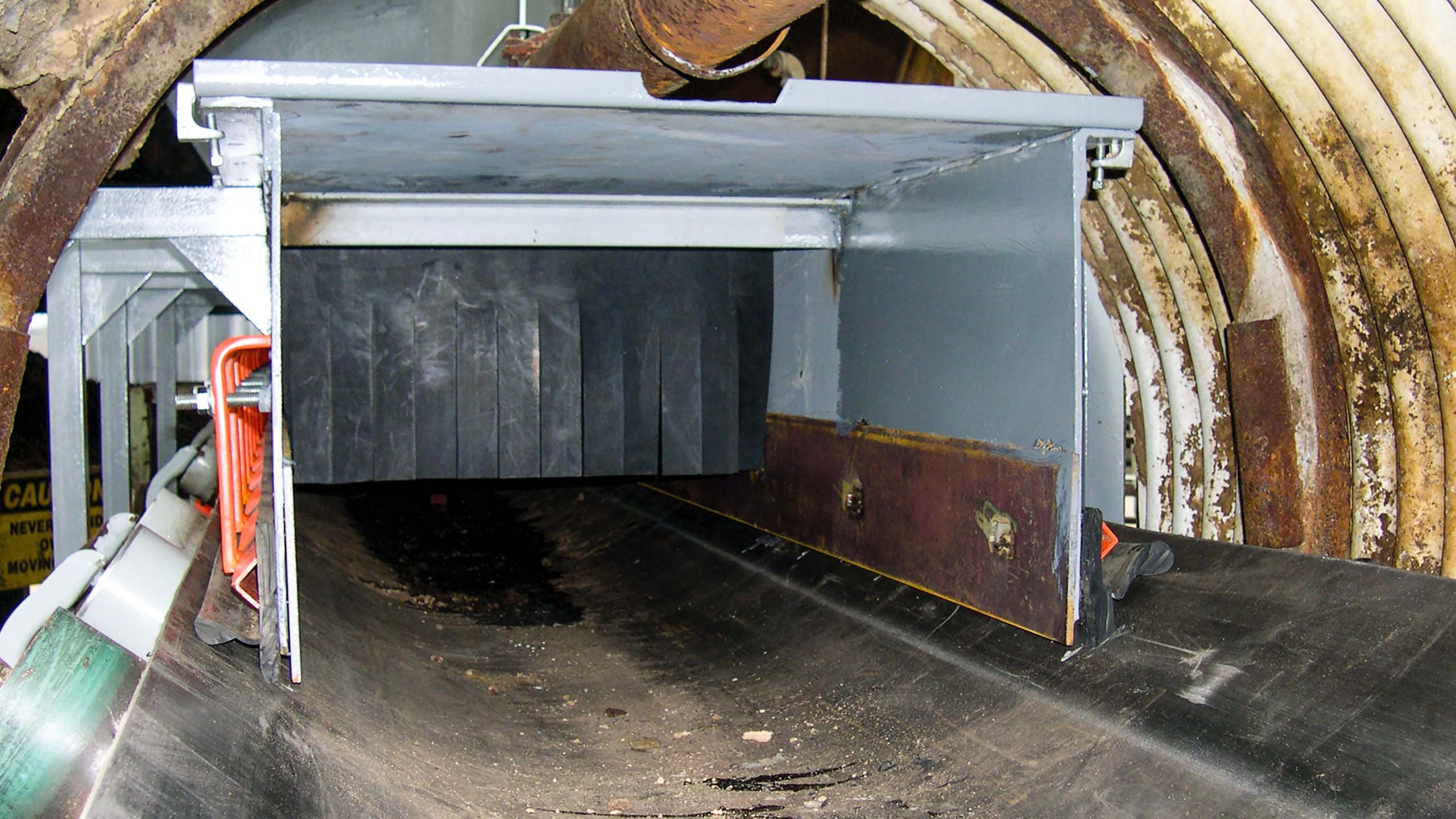












Leave Comment